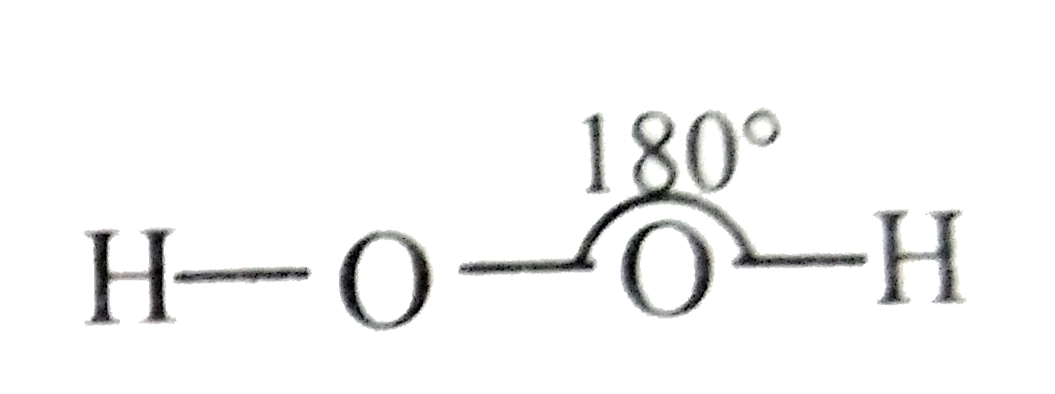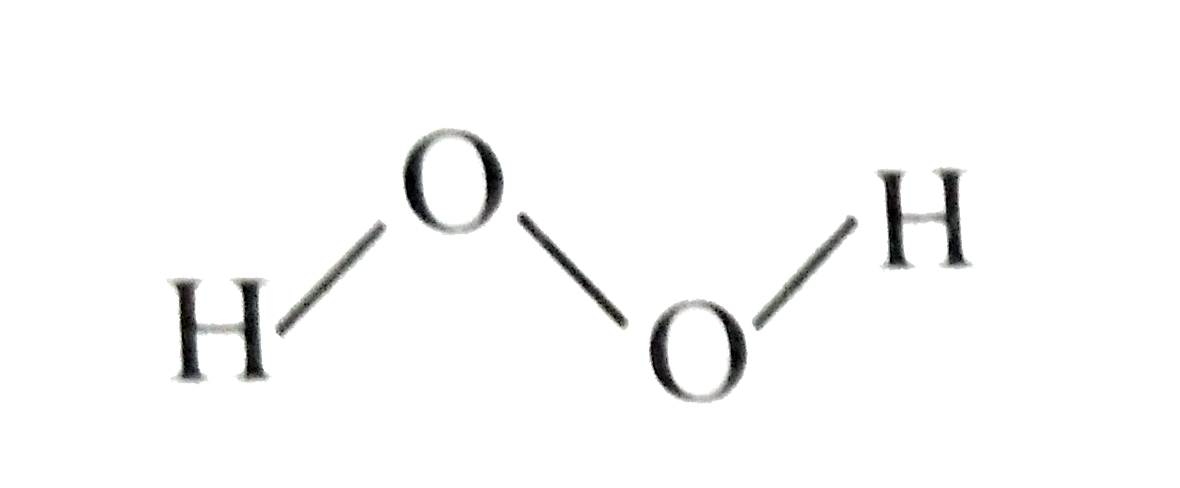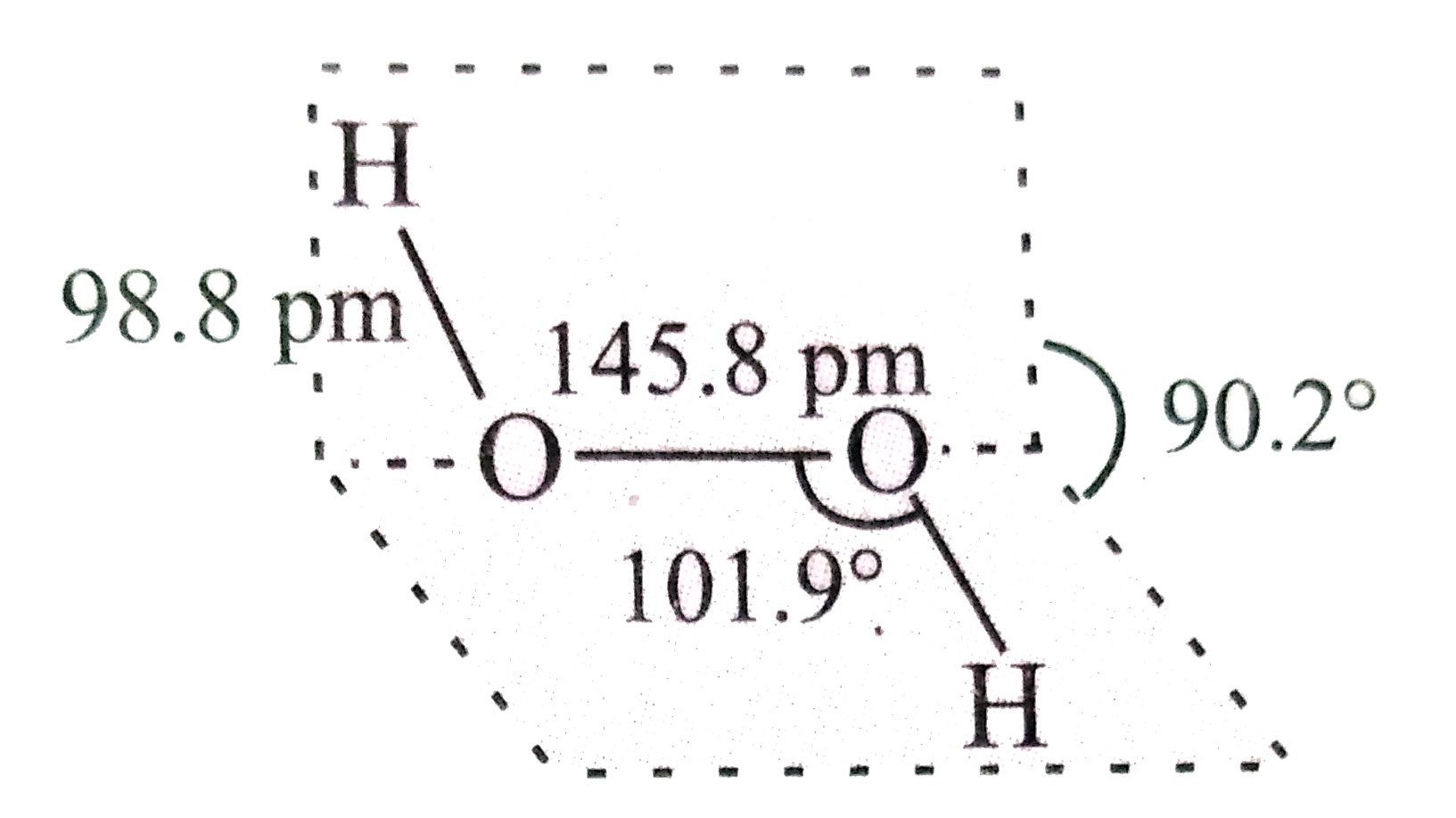Which of the following equation depicts reducing nature of H2O2?
2[Fe(CN)6]4−+2H++H2O2→2[Fe(CN)6]3−+2H2O
I2+H2O2+2OH−→2I−+2H2O+O2
Mn2++H2O2→Mn4++2OH−
PbS+4H2O2→PbSO4+4H2O
The correct Answer is:B
To determine which equation depicts the reducing nature of hydrogen peroxide (H₂O₂), we need to analyze the reactions provided and identify where H₂O₂ acts as a reducing agent. A reducing agent is a substance that donates electrons to another species, causing that species to be reduced.
1. Understanding Reducing Agents: A reducing agent is a substance that loses electrons and causes another substance to gain electrons. In a chemical reaction, the species that is reduced will have a decrease in oxidation state.
2. Analyzing the Reactions:
- Reaction 1: Fe²⁺ → Fe³⁺
- In this reaction, Fe²⁺ is oxidized to Fe³⁺, meaning it loses an electron. Therefore, H₂O₂ is not acting as a reducing agent here.
- Reaction 2: I₂ → 2I⁻
- In this reaction, I₂ is reduced to I⁻, meaning it gains electrons. Here, H₂O₂ is acting as a reducing agent because it donates electrons to I₂, allowing it to be reduced.
- Reaction 3: Mn²⁺ → Mn⁴⁺
- In this reaction, Mn²⁺ is oxidized to Mn⁴⁺, meaning it loses electrons. Therefore, H₂O₂ is not acting as a reducing agent here.
- Reaction 4: S²⁻ → S⁶⁺
- In this reaction, the sulfur anion (S²⁻) is oxidized to S⁶⁺, meaning it loses electrons. Thus, H₂O₂ is not acting as a reducing agent here.
3. Conclusion: The only reaction where H₂O₂ acts as a reducing agent is in Reaction 2, where I₂ is reduced to I⁻. Therefore, the correct answer is Reaction 2.
Final Answer:
The equation that depicts the reducing nature of H₂O₂ is the one where I₂ is reduced to I⁻ (Reaction 2).
---
- Reaction 1: Fe²⁺ → Fe³⁺
- In this reaction, Fe²⁺ is oxidized to Fe³⁺, meaning it loses an electron. Therefore, H₂O₂ is not acting as a reducing agent here.
- Reaction 2: I₂ → 2I⁻
- In this reaction, I₂ is reduced to I⁻, meaning it gains electrons. Here, H₂O₂ is acting as a reducing agent because it donates electrons to I₂, allowing it to be reduced.
- Reaction 3: Mn²⁺ → Mn⁴⁺
- In this reaction, Mn²⁺ is oxidized to Mn⁴⁺, meaning it loses electrons. Therefore, H₂O₂ is not acting as a reducing agent here.
- Reaction 4: S²⁻ → S⁶⁺
- In this reaction, the sulfur anion (S²⁻) is oxidized to S⁶⁺, meaning it loses electrons. Thus, H₂O₂ is not acting as a reducing agent here.
The equation that depicts the reducing nature of H₂O₂ is the one where I₂ is reduced to I⁻ (Reaction 2).
Topper's Solved these Questions
- BOOK - NCERT FINGERTPS ENGLISHCHAPTER - HYDROGEN EXERCISE - ASSERTION & REASON15videos
HYDROGEN
- BOOK - NCERT FINGERTPS ENGLISHCHAPTER - HYDROGEN EXERCISE - Position Of Hydrogen Atom In The Periodic Table3videos
HYDROGEN
- BOOK - NCERT FINGERTPS ENGLISHCHAPTER - HYDROGEN EXERCISE - HOTS (HIGHER ORDER THINKING SKILLS)9videos
HYDROGEN
- BOOK - NCERT FINGERTPS ENGLISHCHAPTER - HYDROCARBONS EXERCISE - Assertion And Reason15videos
HYDROCARBONS
- BOOK - NCERT FINGERTPS ENGLISHCHAPTER - ORGANIC CHEMISTRY-SOME BASIC PRINCIPLES AND TECHNIQUES EXERCISE - Assertion And Reason12videos
ORGANIC CHEMISTRY-SOME BASIC PRINCIPLES AND TECHNIQUES
Similar Questions
Knowledge Check
- Question 1 - Select One
Which of the following equations depict the oxidising nature of H2O2 ?
A2MnO−4+6H++5H2O2→2Mn2++8H2O+5O2B2Fe3++2H++H2O2→2Fe2++2H2O+O2C2I−+2H++H2O2→I2+2H2ODKIO4+H2O2→KIO3+H2O+O2 - Question 2 - Select One
In which of the following reactions H2O2 acts as a reducing agent?
1. H2O2+2H++2e−→2H2O
2. H2O2−2e−→O2+2H+
3. H2O2+2e−→2OH−
4. H2O2+2OH−−2e−→O2+2H2OA1,2B3,4C1,3D2,4 - Question 3 - Select One
Which of the following is a true structure of H2O2 in solid phase?
A B
B C
C D
D
Which reaction shows oxidising nature of H2O2?
View SolutionIn which of the following reactions H2O2 acts as reducing agent?
(A) H2O2+2H++2e−→2H2O
(B) H2O2−2e−→O2+2H+
(C ). H2O2+2e−→2OH−
(D) H2O2+2OH−−2e−→O2+2H2OView SolutionIn which of the following reaction H2O2 acts as reducing agent :-
View SolutionWhich of the following chemical reactions depicts the oxidizing behaviour of H2SO4 ?
View SolutionWhich of the following act as a stabiliser for the storage of H2O2?
View Solution

